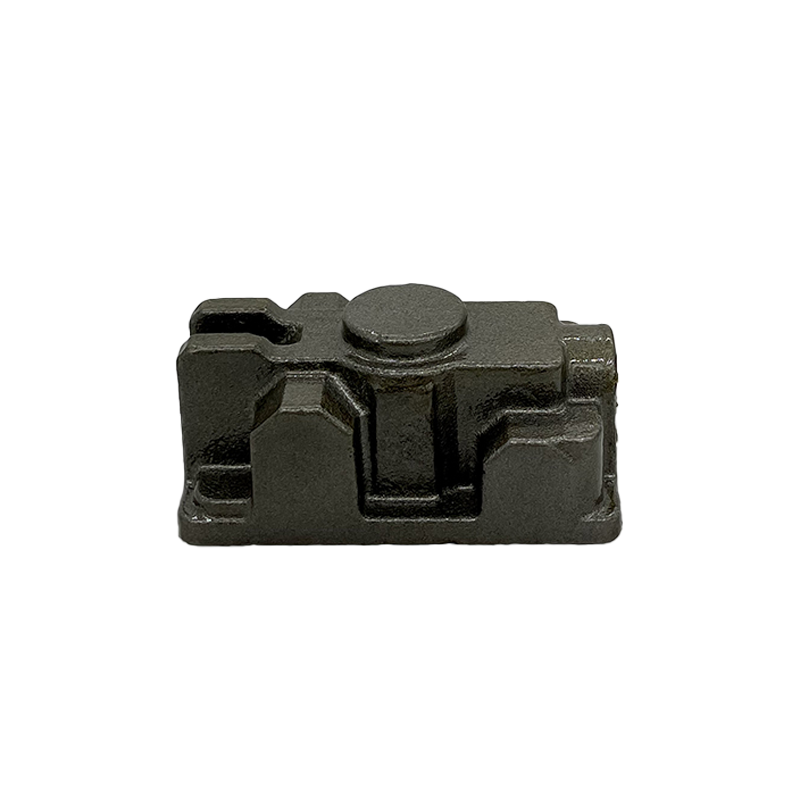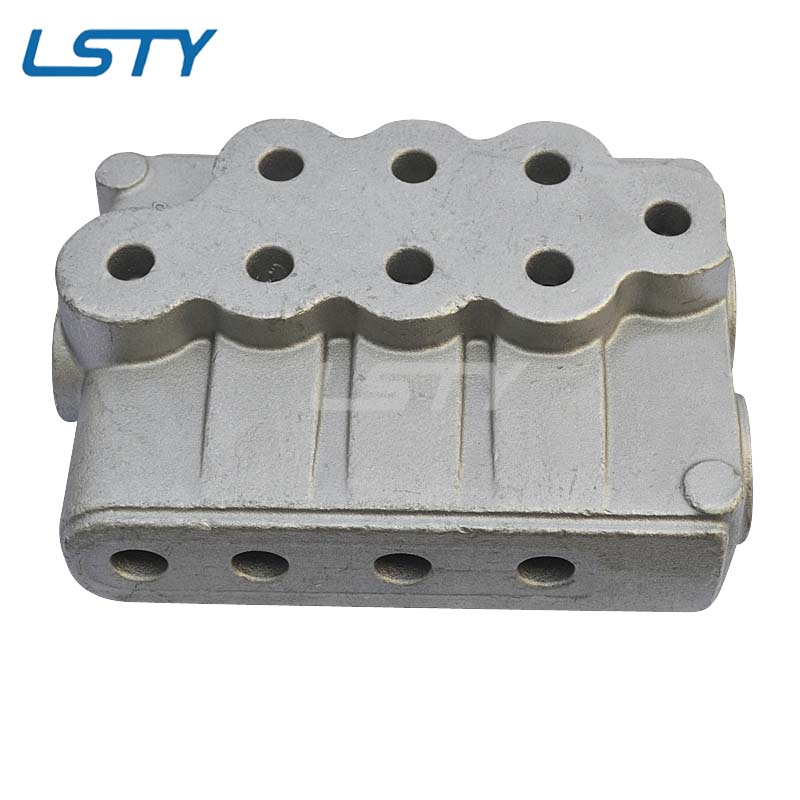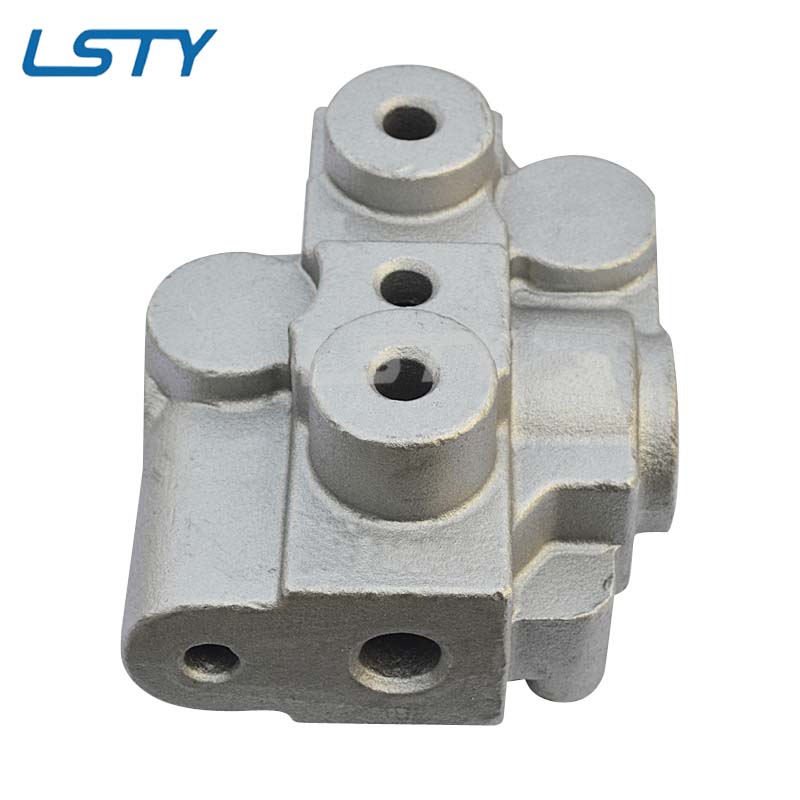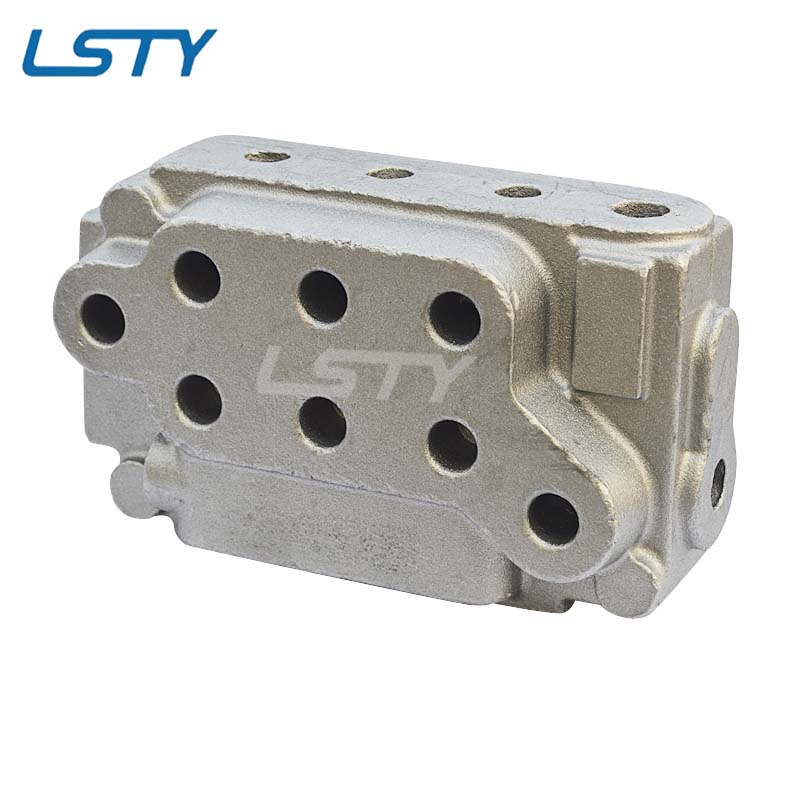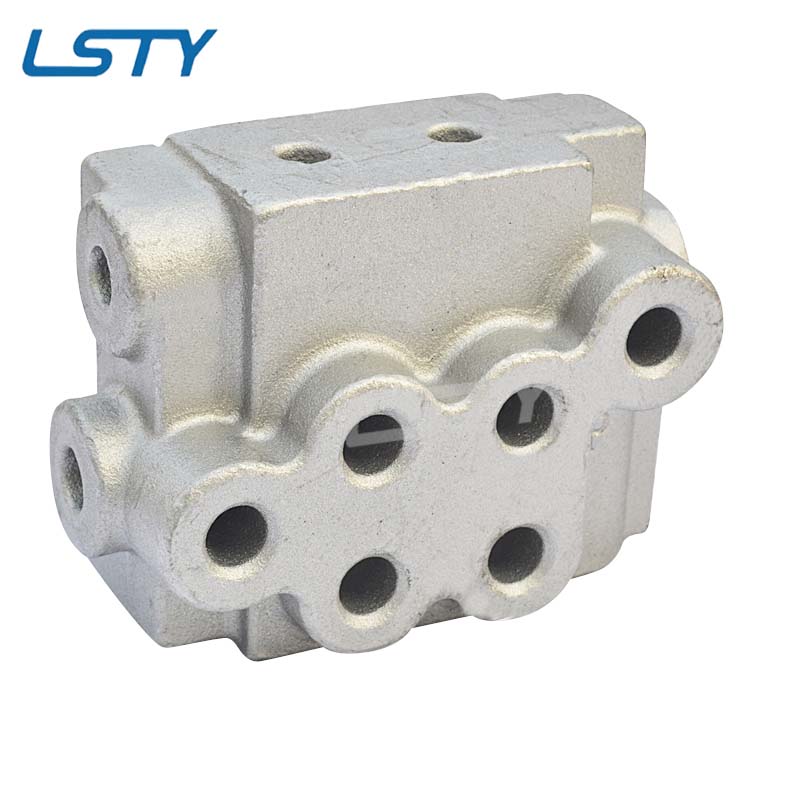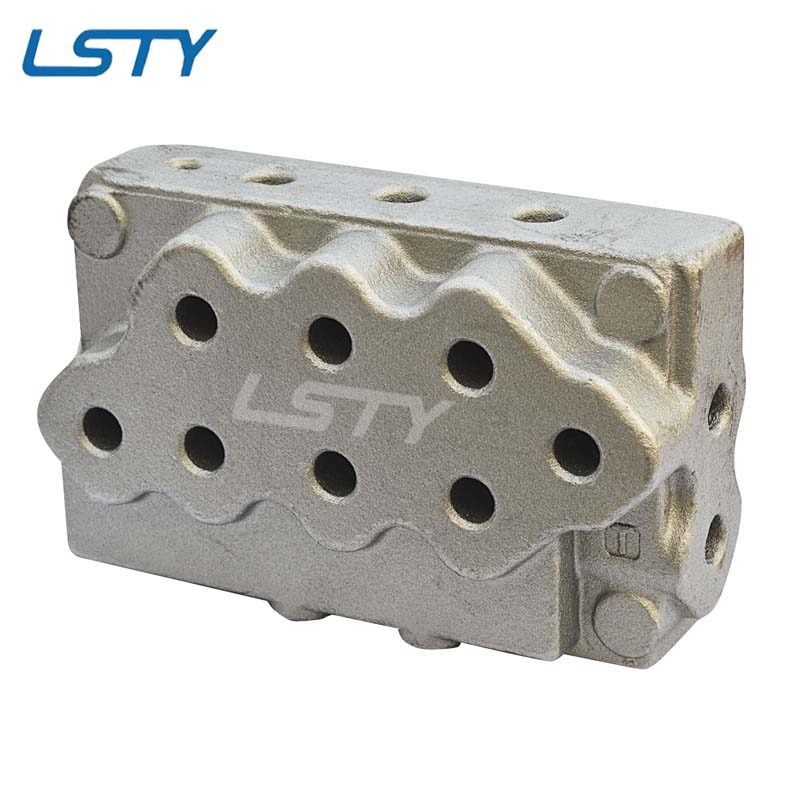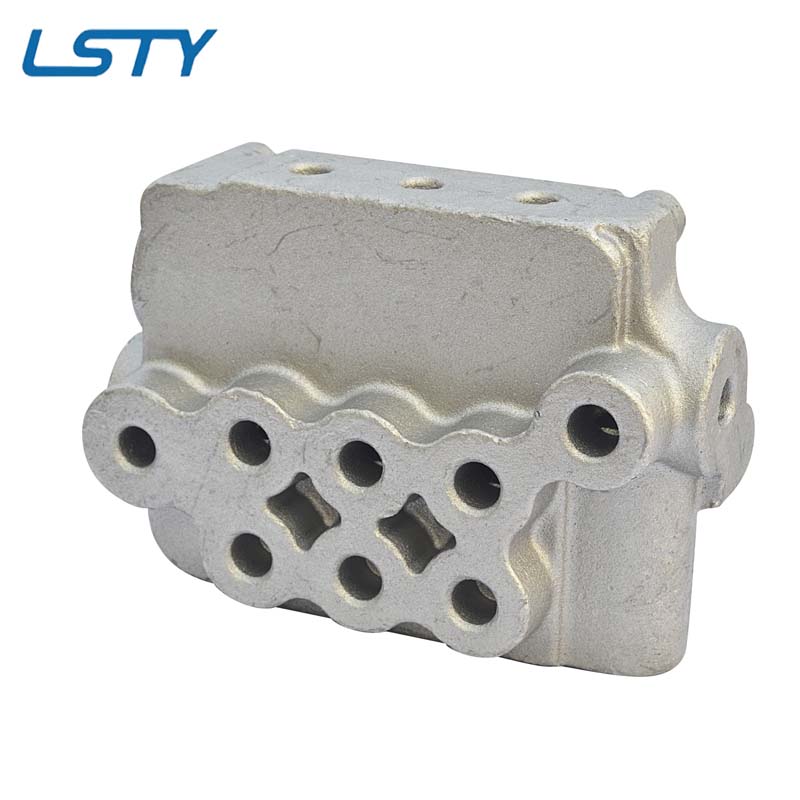Castings are metal components that are formed by pouring molten metal into a mold, where it solidifies into a specific shape once cooled. This process is known as casting, and it allows manufacturers to create parts with complex shapes and intricate details that would be difficult or impossible to achieve through other manufacturing methods, such as machining or forging. The materials commonly used for castings include metals like iron, steel, aluminum, bronze, and copper, although non-ferrous metals are also often employed in specialized industries. The casting process begins with creating a mold, which can be made from materials such as sand, ceramic, or metal. The molten metal is then poured into the mold, and once it cools and solidifies, the mold is removed, revealing the casting. The final product may require additional finishing processes such as cleaning, trimming, or heat treatment to meet the desired specifications. Castings are widely used in industries such as automotive, aerospace, construction, and manufacturing because they offer a cost-effective way to produce high-strength, durable parts. Common examples of castings include engine blocks, machine housings, pipes, and turbine blades. One of the main advantages of casting is its ability to produce parts with complex geometries while minimizing material waste. The versatility of the casting process makes it suitable for producing a wide range of parts, from small, intricate components to large structural elements.
How Are Castings Made?
The process of making castings involves several steps that begin with the preparation of a mold into which molten metal will be poured. The first step is creating the mold, which can be made from various materials depending on the type of casting process being used. For example, sand casting uses a mixture of sand, clay, and water to form the mold, while investment casting may use a ceramic shell mold. The mold is designed to replicate the shape of the final casting, and it often includes a cavity that matches the desired part. Once the mold is prepared, the next step is melting the metal to be cast. The metal is heated to a liquid state in a furnace or crucible, and the molten metal must reach the correct temperature to ensure that it will flow easily into the mold and fill all the cavities. The molten metal is then carefully poured into the mold, and the mold is allowed to cool, allowing the metal to solidify into the desired shape. Depending on the complexity of the part, cooling rates may be controlled to ensure that the casting has the proper internal structure and mechanical properties. Once the metal has cooled and solidified, the mold is broken away or removed, and the casting is extracted. The casting often requires further finishing processes, such as cleaning to remove mold remnants, grinding to smooth surfaces, and heat treatment to improve material strength. These finishing steps are crucial for ensuring that the final product meets the desired specifications and is ready for use in various applications.
What Are the Different Types of Casting Processes?
There are several types of casting processes, each suited to specific applications and types of materials. The most common casting processes include sand casting, investment casting, die casting, permanent mold casting, and centrifugal casting. Sand casting is one of the oldest and most widely used casting processes, where a mold is created using a mixture of sand, clay, and water. This method is highly flexible and can produce large parts with complex shapes, making it ideal for industries such as automotive and aerospace. Investment casting, also known as lost-wax casting, involves creating a detailed wax model of the part, which is coated in a ceramic shell. The wax is then melted away, leaving the ceramic mold that can be used for casting intricate and high-precision parts, such as turbine blades and jewelry. Die casting is a process where molten metal is injected into a metal mold under high pressure. This method is suitable for producing parts with high-volume production needs and is commonly used in the automotive and electronics industries. Permanent mold casting uses a reusable metal mold, typically made of cast iron or steel, to create parts that require high precision and durability. This process is ideal for non-ferrous metals such as aluminum and magnesium. Centrifugal casting involves pouring molten metal into a rotating mold, which causes the metal to be distributed evenly and form a hollow cylindrical part, often used in pipes and large castings. Each casting process has its advantages depending on the material, part size, and production volume required. The choice of casting process is determined by factors such as the complexity of the part, material properties, cost considerations, and desired tolerances.








